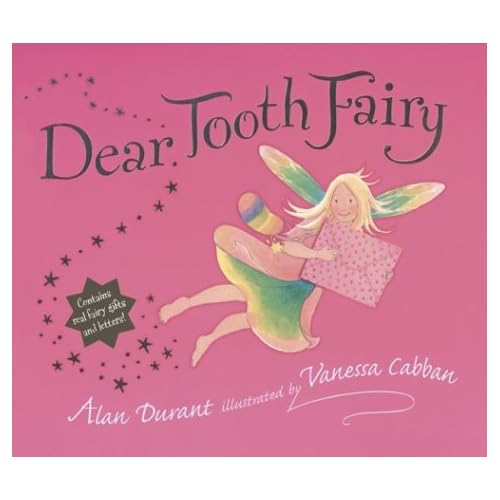 |
| Lorig Charkoudian and her husband Matt Rogers with their children Raffi (left) and Aline Photo Credit: http://www.LorigCharkoudian.com |
Recently, an article appeared in the Armenian Mirror Spectator announcing the candidacy of Lorig Charkoudian for City Council, Takoma Park, MD. In the article, Lorig credits her Armenian upbringing for her appreciation of the power of food as an economic engine and community builder. "I grew up eating the churtmah, merjumek, dolma, tabouli, and babaganoush that my grandmothers and mother made from food grown in their gardens. It fed the community and our souls and it was good for our bodies and the environment." Soon after the article appeared in print, a reader from New Mexico tried to make contact. Thinking for sure that the reader was interested in her political stance, Lorig emailed back immediately. Did the reader need to know more about her position on micro-enterprises? on feeding community? on the environment? No. It was the recipe for churtma that the reader sought. She wrote, " I looked in all my cookbooks and found no mention of churtma!" And so here it is, by popular demand. . . Thus, one more time, humble churtma builds community -- this time across the country!
Churtma may be made with zucchini, or yellow summer squash, or a combination of the two. Select fresh summer squash that are no more than two inches in diameter. Before preparing the squash, peel and chop one large yellow onion. Place the chopped onion in a heavy (cast iron) pot, if possible, with about a quarter of a cup of olive oil and set on the stove to simmer. While the onion is cooking, rinse the squash in clear cold water, rubbing to make sure all soil is removed, trim off the ends, and slice the summer squash into rounds approximately 1/8 to 1/4 inch thick. Place the sliced summer squash in the same pot and stir gently; simmer with the onions, stirring occasionally, for about 15 minutes or longer, depending on whether you want the squash to be slightly crunchy or very soft. (Marash Girl usually brings the covered pot to a boil and turns it off, letting the squash cook in the iron pot for about 1/2 hour.) Add kosher salt, freshly ground pepper, and Aintab red pepper.
You may serve the squash as a side dish, or the churtma may become a meal by simply making little hollows in the surface of the cooked vegetables while still in the pot on the stove, and dropping eggs into the hollows to poach for the next five minutes. Absolutely delicious for Saturday night supper, especially with slices of freshly baked bread!
You may serve the squash as a side dish, or the churtma may become a meal by simply making little hollows in the surface of the cooked vegetables while still in the pot on the stove, and dropping eggs into the hollows to poach for the next five minutes. Absolutely delicious for Saturday night supper, especially with slices of freshly baked bread!
N.B. Marash Girl has to admit that she used to hate churtma, and never quite knew why until, as an adult, she realized that her mother would make churtma using only the insides of the zucchini to make the churtma, the inside which was removed from the zucchini in order to prepare the hull of the zucchini for making dolma. The results were very bland and very mushy so Marash Girl cannot recommend that style of churtma, even though, traditionally, it was often made that way.
















































